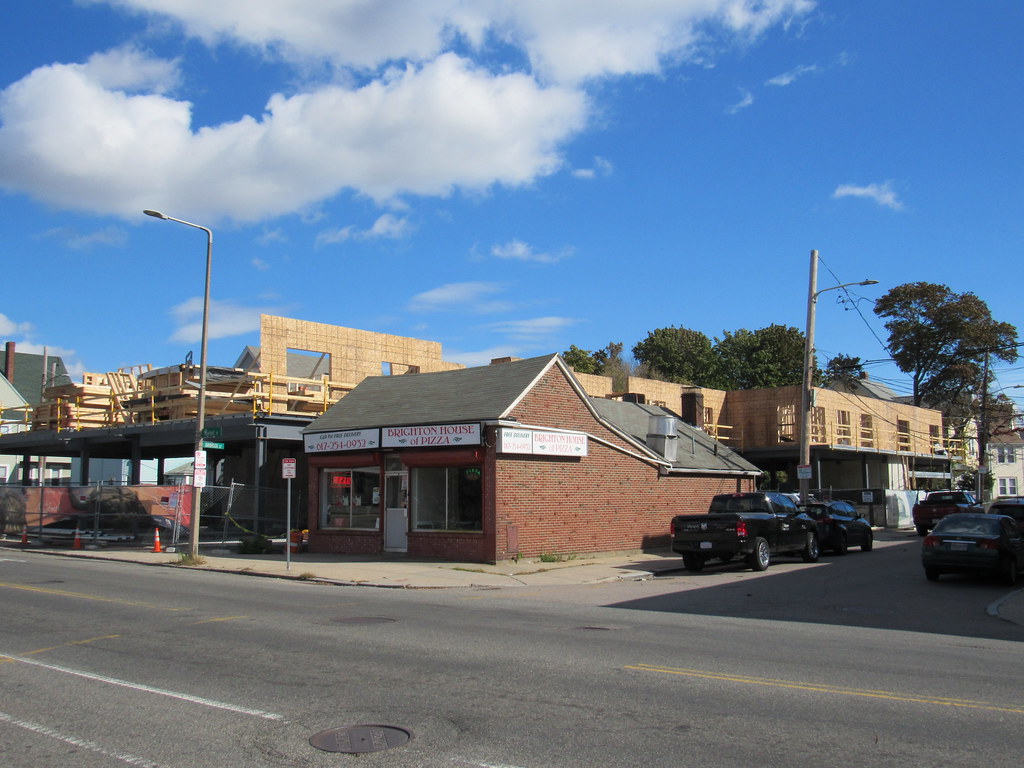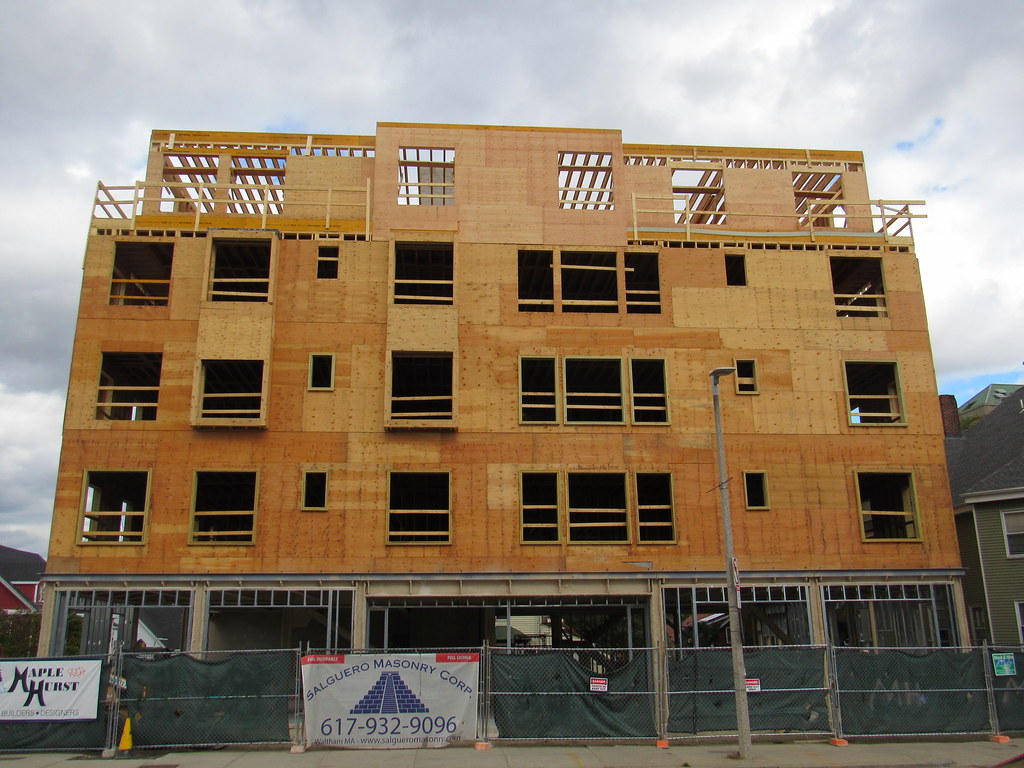The only thing I wish it didnt have was the colossal order windows. Its played out now, as it always was. This needs to die and never come back. 1 time was too much, but when it started getting popular that was a rough patch for the city. Luckily its not as popular anymore, but it still gets snuck in here n there especially in height averse areas- like here, where they really need to disguise the height. The first 3 clusters of floors in their colossal order grouping are double height, so the first 3 separate groupings of floors are 2 floors a piece. The next 2 clusters up the tower are triple height, and the final top cluster of floors is quadrouple height. They are reaaaallly trying to hide its height here and unfortunately it works. It doesnt look bad here though, but stop hiding height... embrace it.
This tower is too short for it to work exactly as designed, but the idea is that each cluster appears as 2 floors like at the bottom. As you get further up the tower because of perspective the floors look smaller anyways so they sneak more floors into each one. This tower essentially is trying to look like 6 groups of 2 floors each or 12 floors, but there are really 16 floors there. Its more noticeable on a shorter tower like this tho.
This is an oversimplification. Colossal order can certainly make a building look shorter and is too often used to do so, but on this building I believe the groupings serve a higher purpose. It would be less interesting otherwise.
I really like this design, both the tower and the lowrises, but I always have a hard time accepting a complex of similar buildings.






